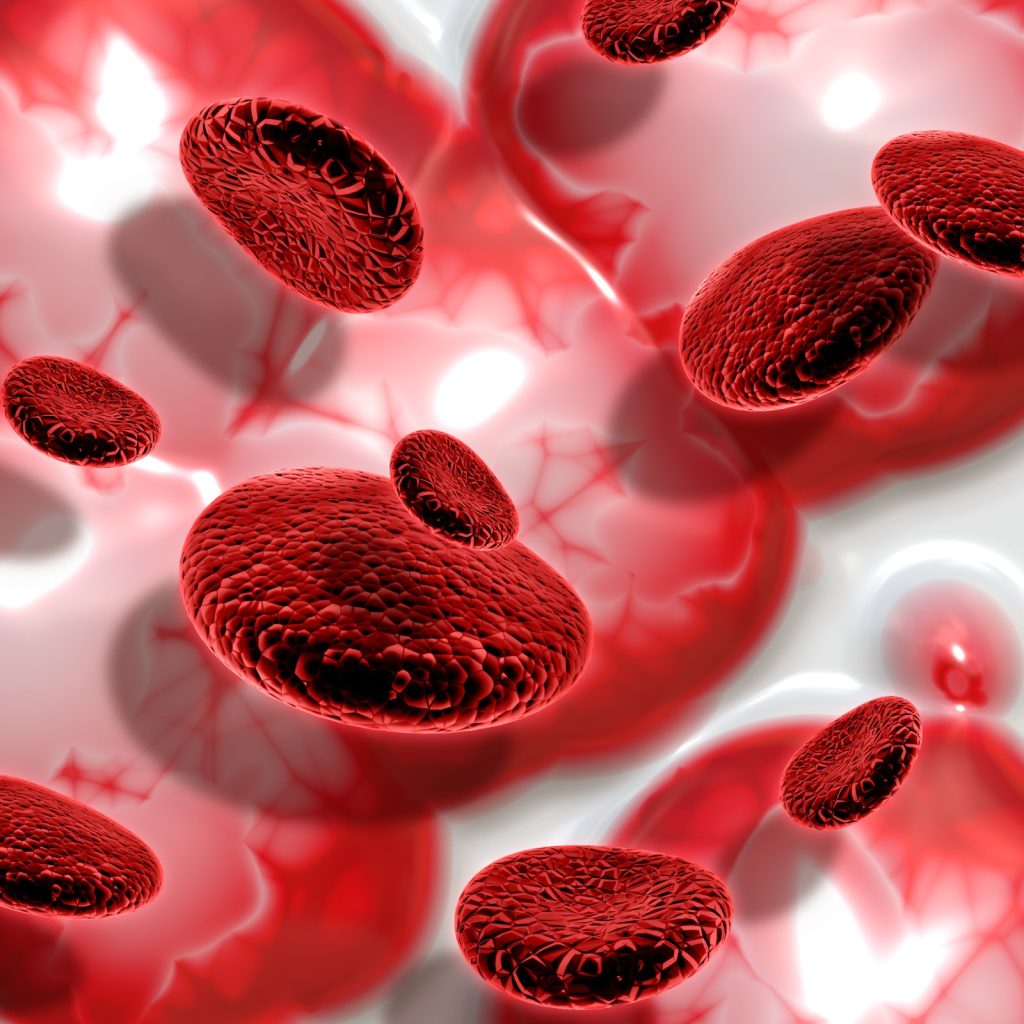Blood carries oxygen and nutrients to all tissues and removes carbon dioxide and other waste products from them. It also helps fight infection and heal wounds. It consists of a liquid portion and cellular components.
The liquid, called plasma, is where nutrients, hormones, clotting factors, and other chemicals are dissolved. The cellular components are suspended in the plasma. They consist of red blood cells, which transport oxygen and carbon dioxide, white blood cells, which fight infection, and platelets, which are small sub cells that help the blood to clot.
Blood cells are made in the bone marrow, a soft tissue housed inside many of your bones. A blood transfusion uses donor blood to replenish red blood cells, white blood cells, platelets, clotting factors, plasma, or whole blood.

Circumstances that may require a blood transfusion include blood loss due to trauma, heart or other major surgery, organ transplants, bleeding disorders such as hemophilia, severe anemia including sickle cell anemia, treatment for leukemia or other types of cancer, disorders that destroy blood cells or bone marrow.
To begin the transfusion, an intravenous needle will be inserted into a vein in your hand or arm. A bag containing the donor blood will be hung nearby and the blood will drip slowly through a tube attached to the IV needle, allowing it to run through your vein into your bloodstream. Throughout the transfusion, your temperature, heart rate, breathing, and blood pressure will be monitored. After the bag is empty, if you require more blood, another bag will be attached to the IV tube. When your transfusion is completed, the needle will be removed. After which, your doctor will monitor your vital signs to make sure you are not having an adverse reaction.


